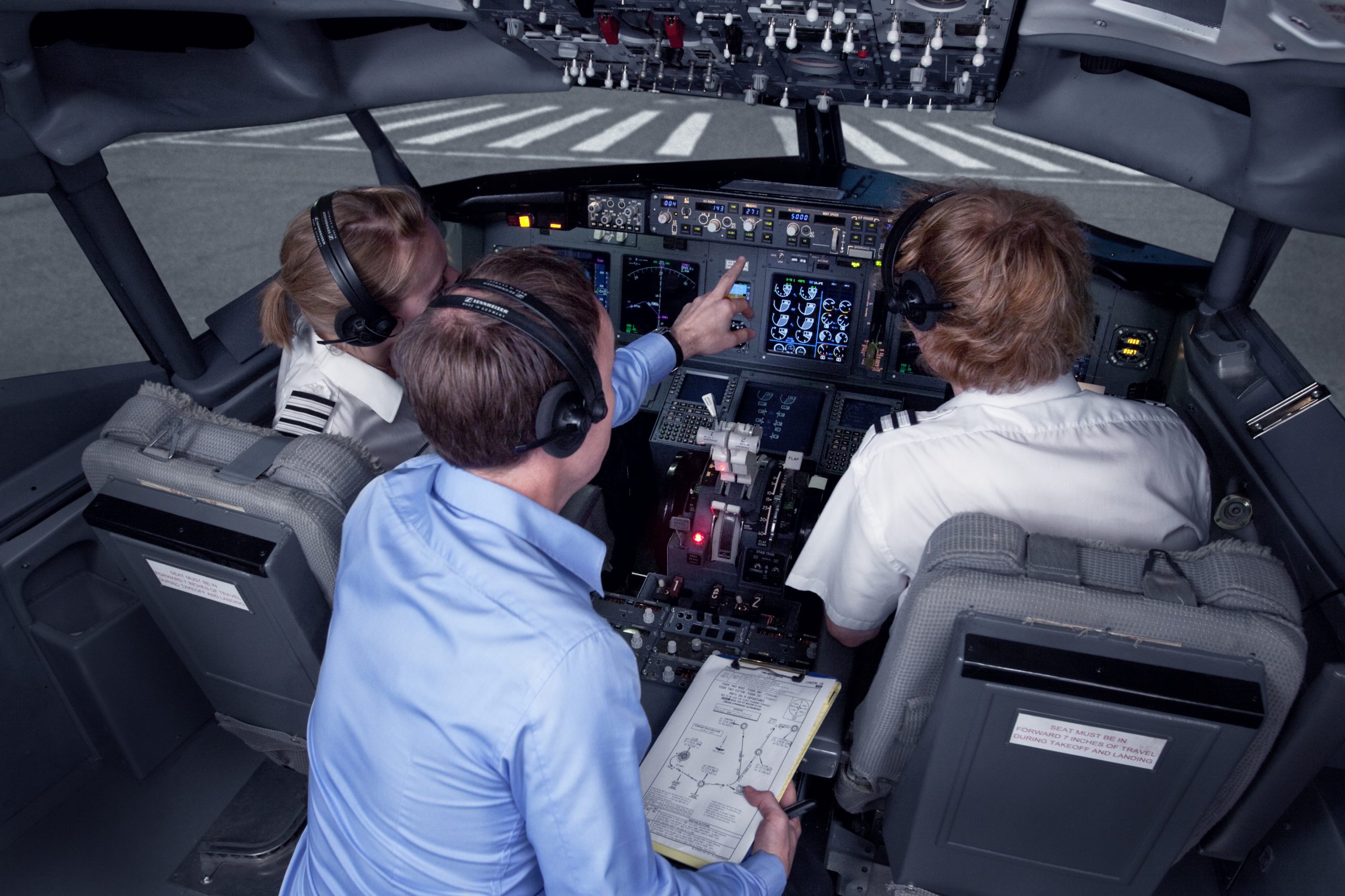For pilots, an airline simulator check is one of the most crucial steps in the recruitment or command upgrade process. Airlines use simulator assessments to evaluate not only technical flying ability but also decision-making, situational awareness, and Crew Resource Management (CRM) skills. Proper preparation is essential to ensure you perform at your best and secure the role you’re aiming for.
At PM Flight, we specialize in airline simulator assessment preparation, helping pilots train in a high-quality simulator environment with expert-led instruction. This guide will walk you through how to effectively prepare for your airline simulator check and maximize your chances of success.
⸻
Understand What Airlines Look For in a Simulator Check
Every airline has its own specific simulator check profile, but most assessments focus on:
✈️ Manual handling skills (especially raw data flying)
✈️ Standard Operating Procedures (SOP) adherence
✈️ Non-normal and emergency procedure handling
✈️ Situational awareness and workload management
✈️ Decision-making and leadership under pressure
✈️ CRM and communication skills in a multi-crew environment
💡 Knowing what your target airline expects can help you tailor your preparation. At PM Flight, we provide airline-specific training for major carriers like British Airways, EasyJet, Ryanair, Emirates, and Wizz Air.
⸻
Practice Manual Flying and Raw Data Handling
Many simulator assessments require pilots to demonstrate their ability to fly without automation. This means:
✅ Flying with Flight Directors OFF
✅ Holding altitude, speed, and heading with minimal deviations
✅ Conducting raw data ILS or non-precision approaches
✅ Hand-flying departures, climbs, and descents smoothly
✍️ Tip: If you haven’t practiced raw data flying recently, spend time reviewing basic instrument scan techniques and power settings for various flight phases.
👉 pmFlight’s training programs emphasise manual flying proficiency, ensuring you’re fully prepared for this part of the assessment.
⸻
FAMILIARISE Yourself with Airline SOPs and Profiles
Every airline has specific SOPs for checklist usage, callouts, and flight profiles. Examiners will be looking to see if you:
🛫 Follow SOPs in a structured and methodical way
📖 Use correct callouts and flows during each flight phase
🛬 Maintain a professional and disciplined approach to procedures
If possible, try to review the airline’s SOPs before your assessment. If you’re switching between aircraft types, consider practicing in a simulator that matches your assessment aircraft.
📌 At pmFlight, we align our simulator training with airline-specific profiles, giving you the best possible preparation.
⸻
Master Non-Normal Procedures and Decision-Making
Many simulator assessments include a non-normal scenario, such as:
⚠️ Engine failure or fire
⚠️ System failure (hydraulics, electrics, or flight controls)
⚠️ Unstable approach requiring a go-around
⚠️ Weather or ATC-related diversions
Examiners are not just testing your technical knowledge—they want to see how you handle pressure, make decisions, and communicate effectively.
🚀 Practice responding to failures calmly, assessing the situation, and taking logical actions while maintaining control of the aircraft.
👉 At PM Flight, we recreate real-world emergency scenarios in our simulators, ensuring you develop strong problem-solving skills under pressure.
⸻
Improve Your CRM and Multi-Crew Skills
Examiners closely observe how well you communicate and work with your co-pilot or assessor. Strong Crew Resource Management (CRM) skills include:
✅ Using clear and structured communication
✅ Sharing workload efficiently and supporting your co-pilot
✅ Delegating tasks and making joint decisions
✅ Remaining composed under stress
✍️ Tip: Use the ‘Aviate, Navigate, Communicate’ principle. Prioritize flying the aircraft first before dealing with the situation and coordinating with your co-pilot.
📌 Our simulator sessions at PM Flight replicate real airline environments, helping you develop professional CRM techniques before your assessment.
⸻
Simulate the Check Environment Before the Actual Day
The best way to prepare for an airline simulator check is to practice in a similar environment beforehand. Doing a simulator session before your assessment will:
🔹 Reduce stress and improve confidence
🔹 Familiarize you with the aircraft type and handling characteristics
🔹 Allow you to practice specific airline check profiles
🔹 Give you the chance to refine weak areas before the actual test
✈️ At PM Flight, we provide high-quality A320 and B737 simulator training, replicating real airline assessment conditions to maximize your performance.
⸻
Mental Preparation and the Right Mindset
Your performance in a simulator check is not just about skill—it’s also about staying calm, focused, and confident. To mentally prepare:
🧘 Stay well-rested before the check – Fatigue can impact reaction time and decision-making.
✈️ Visualize success – Mentally rehearse your procedures, checklist flows, and key scenarios.
🤝 Stay professional but relaxed – Overthinking can lead to hesitation; trust your training.
💡 Confidence comes from preparation. The more you practice, the more natural and controlled your performance will be.
⸻
Why Train with pmFlight for Your Airline Simulator Check?
At pmFlight, we provide tailored simulator training sessions to help pilots excel in their airline assessments. Our training includes:
✔️ High-fidelity A320 and B737 fixed-base simulators
✔️ Expert airline trainers with real assessment experience
✔️ Customized training based on airline-specific check profiles
✔️ Affordable, professional-grade simulator sessions
📍 Conveniently located near London Gatwick | Competitive Pricing | Flexible Scheduling
🚀 Over 90% of BA applicants who train with us pass their simulator assessment!
⸻
Book Your Simulator Assessment Prep Today
Don’t leave your airline simulator check to chance—train with the professionals at pmFlight and maximize your chances of success!
📞 Contact us now to book your tailored simulator training session.
🔗 Book Now


Leave a Reply